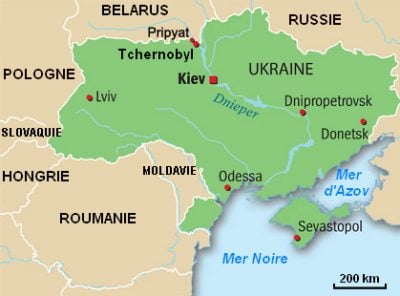
Since the union of Crimea with Russia in March 2014, the entry into the sea of Azov is fully controlled by Russia. (see image below).
The following article is an update of an earlier GR article by Michel Chossudovsky
Introduction
Historically, the Kerch strait has played a strategic role. It constitutes a gateway from the Black Sea via the Sea of Azov to Russia’s major waterways including the Don and the Volga. It also ensures maritime transit from the Black Sea to Moscow as well as the maritime route to the Caspian Sea via the Volga-Don Canal. The Volga also links up to the Baltic Sea.
Since May 2018, a new bridge links Eastern Crimea to Russia’s Krasnodar region. (image right).
In November 2018, Russia reopened the Kerch Strait to maritime navigation.
The 2014 Union of Crimea with Russia Redefines the Geography and the Geopolitical Chessboard of the Black Sea Basin
Since 2014, the reunion of Crimea to the Russian Federation, represented a major setback for US-NATO, whose longstanding objective was to integrate Ukraine into NATO, while extending Western military presence in the Black Sea basin.
The Ukraine War
In recent developments (June 2022), Russia now controls the entire basin of the Sea of Azov.
Ukraine has no maritime access to the Sea of Azov, nor does it have naval power in the Black Sea.
Ukraine’s Naval Base Berdyansk on the Western Azov coastline is under Russian control. All major ports extending from Mariupol to Kherson are under Russian control.
The 2014 Treaty between Russia and Crimea
With the March 18, 2014 Treaty signed between Russia and Crimea, the Russian Federation has extended its control over the Black Sea as well as over the Sea of Azov.
Under the agreement between Russia and Crimea announced by president Putin in 2014, two “constituent regions” of Crimea joined the Russian Federation: the “Republic of Crimea” and the “City of Sevastopol”. Both have the status of “autonomous regions”. The status of Sevastopol as an autonomous entity separate from Crimea is related to the location of Russia’s Naval base in Sevastopol.
Since the break-up of the Soviet Union, Russia retained its naval base in Sevastopol under a bilateral agreement with Ukraine. With the signing of the March 18th 2014 Treaty, that agreement became null and void. Sevastopol including the Russian naval base became part of an autonomous region within the Russian Federation. Prior to March 2014, the naval base was not within Ukraine under a lease agreement. Moreover, since 2014, Crimea’s territorial waters belong to the Russian Federation.
Following the union of Crimea to Russia, The Russian Federation now controls a much larger portion of the Black Sea, which includes the entire coastline of the Crimean peninsula. The Eastern part of Crimea –including the Kerch strait– are under Russia’s jurisdiction control. On the Eastern side of the Kerch strait is Russia’s Krasnodar region and extending southwards are the port cities of Novorossiysk and Sochi.
Novorossiysk is also strategic. It is Russia’s largest commercial port on the Black Sea, at the cross-roads of major oil and gas pipelines between the Black Sea and Caspian sea.

Historically, the Kerch strait has played a strategic role. It constitutes a gateway from the Black Sea to Russia’s major waterways including the Don and the Volga.
During World War II, the Kerch peninsula occupied by Nazi Germany (taken back by the Red Army) was an important point of transit by land and water. In the coldest months of Winter, it became an ice bridge linking Crimea to the Krasnodar region.
The Kerch strait is about 5 kilometers in length and 4.5 km. wide at the narrowest point between the tip of Eastern Crimea and the peninsula of Taman. Kerch is a major commercial port linked to railway, ferry and river routes.
image right: Kerch straits, photo taken from Crimean side, (prior to the construction of the bridge) narrow width, below aerial view of straits
The Sea of Azov: Geopolitical Hub
Of significance, the integration of Crimea into the Russian Federation means that Moscow is now in full control of the Kerch Strait linking the Black Sea to the Sea of Azov. The Ukrainian authorities are no longer in control of the port of Kerch in Eastern Ukraine. The bilateral agreement between Russia and Ukraine governing the maritime route through the Kerch straights was scrapped.
The strait also constitutes an entry point into Russia’s major river waterways.
The Sea of Azov connects with the Don River and the Volga, through the Volga Don Canal. In turn, the Volga flows into the Caspian sea.
The Kerch straits are strategic. The Kerch-Yenikalskiy Canal allows large (ocean) vessels to transit from the Black Sea to the Sea of Azov.
Moreoever, the Kerch Strait links the Black Sea to the Volga via the sea of Azov and the Volga Don Canal which in turn connects to Saint Petersburg and the Baltic Sea.
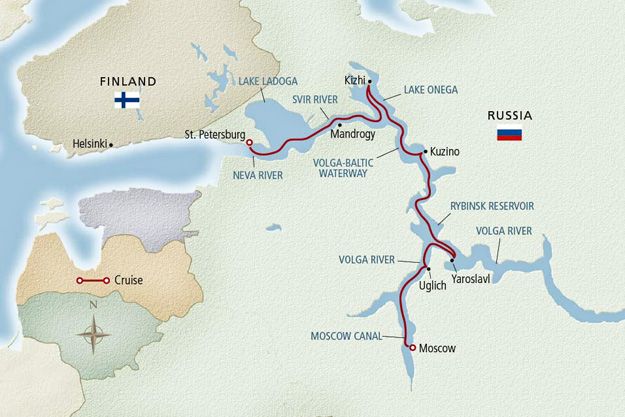
The Volga also connects to Moscow, via the Moscow river through the Volga-Moskva canal.
Black Sea- Sea of Azov -Don- Volga Don Canal -Volga -Caspian Sea
Black Sea- Sea of Azov -Don- Volga Don Canal -Volga -Volga-Moskva Canal, Moscow River, Moscow
Black Sea- Sea of Azov -Don- Volga Don Canal -Volga -Baltic Sea, North sea and Northeast Arctic Passage
Volga-Don Canal
In December 2013, Moscow signed a bilateral agreement with the Yanukovych government in Kiev pertaining to the construction of a bridge across the Kerch Strait, connecting Eastern Crimea (which was part of Ukraine) with Russia’s Krasnodar region.
That agreement was a followup to an initial agreement signed in April 2010 between the two governments.
The Russia-Ukraine 2013 agreement pertaining to the construction of the bridge had, for all purposes already been scrapped before March 16, 2014.
Crimea’s union to Russia was already in the pipeline prior to the referendum, it was a fait accompli.
Less than two weeks before the March 16 2014 Referendum, at the height of the crisis in Ukraine, Russia’s Prime Minister Dmitry Medvedev ordered the state-road building corporation Avtodor, or “Russian Highways” “to create a subsidiary company that would oversee the building of a bridge across the Kerch Strait”.
This bridge would largely be geared towards train transport routes linking Western and Eastern Europe to the Caspian Sea basin, Kazakhstan and China. It is therefore an integral part of the Eurasian Project (linking up with China’s Belt and Road initiative)
The Kerch bridge inaugurated in May 2018 is under Russian ownership and control. The Kerch strait is within Russian territorial waters on both sides of the strait.
The Sea of Azov is Strategic
In the context of the Ukraine War, through their military deployments in Donetsk and Lugansk, Russian Forces have consolidated their control over the entire Sea of Azov basin.
The map below (June 2, 2022) indicates the areas of deployment and Russian Control from the North of Lugansk (territories opposite Kharkov) to Kherson on the Dnieper.
By Prof Michel Chossudovsky
Join: 👉 https://t.me/acnewspatriots
The opinions expressed by contributors and/or content partners are their own and do not necessarily reflect the views of AC.NEWS
Disclaimer: This article may contain statements that reflect the opinion of the author. The contents of this article are of sole responsibility of the author(s). AC.News will not be responsible for any inaccurate or incorrect statement in this article www.ac.news websites contain copyrighted material the use of which has not always been specifically authorized by the copyright owner. We are making such material available to our readers under the provisions of “fair use” in an effort to advance a better understanding of political, health, economic and social issues. The material on this site is distributed without profit to those who have expressed a prior interest in receiving it for research and educational purposes. If you wish to use copyrighted material for purposes other than “fair use” you must request permission from the copyright owner. Reprinting this article: Non-commercial use OK. If you wish to use copyrighted material for purposes other than “fair use” you must request permission from the copyright owner.
Disclaimer: The information and opinions shared are for informational purposes only including, but not limited to, text, graphics, images and other material are not intended as medical advice or instruction. Nothing mentioned is intended to be a substitute for professional medical advice, diagnosis or treatment.



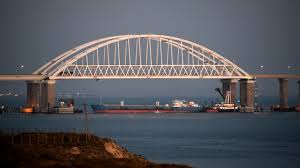
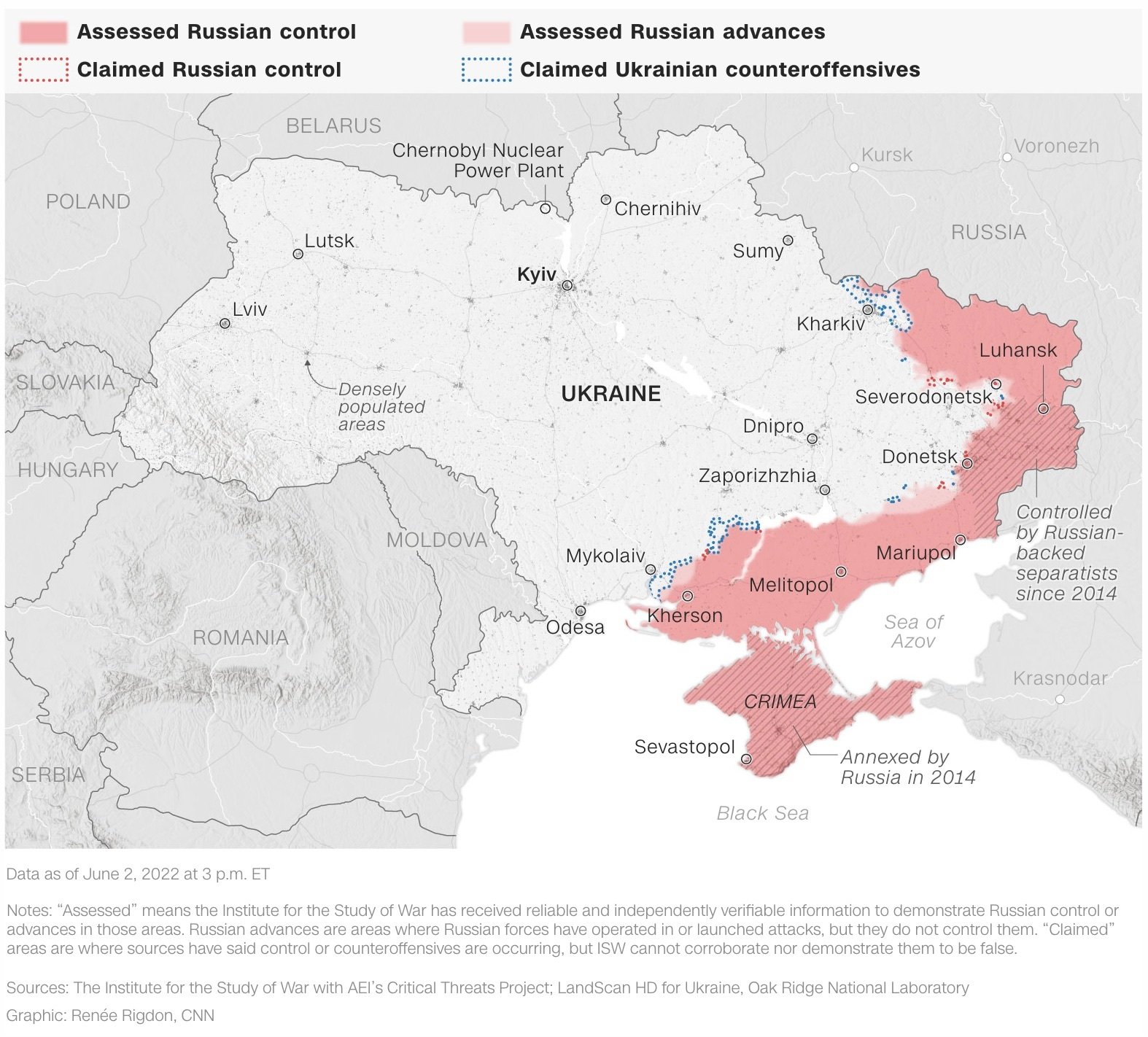
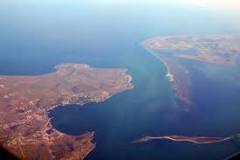

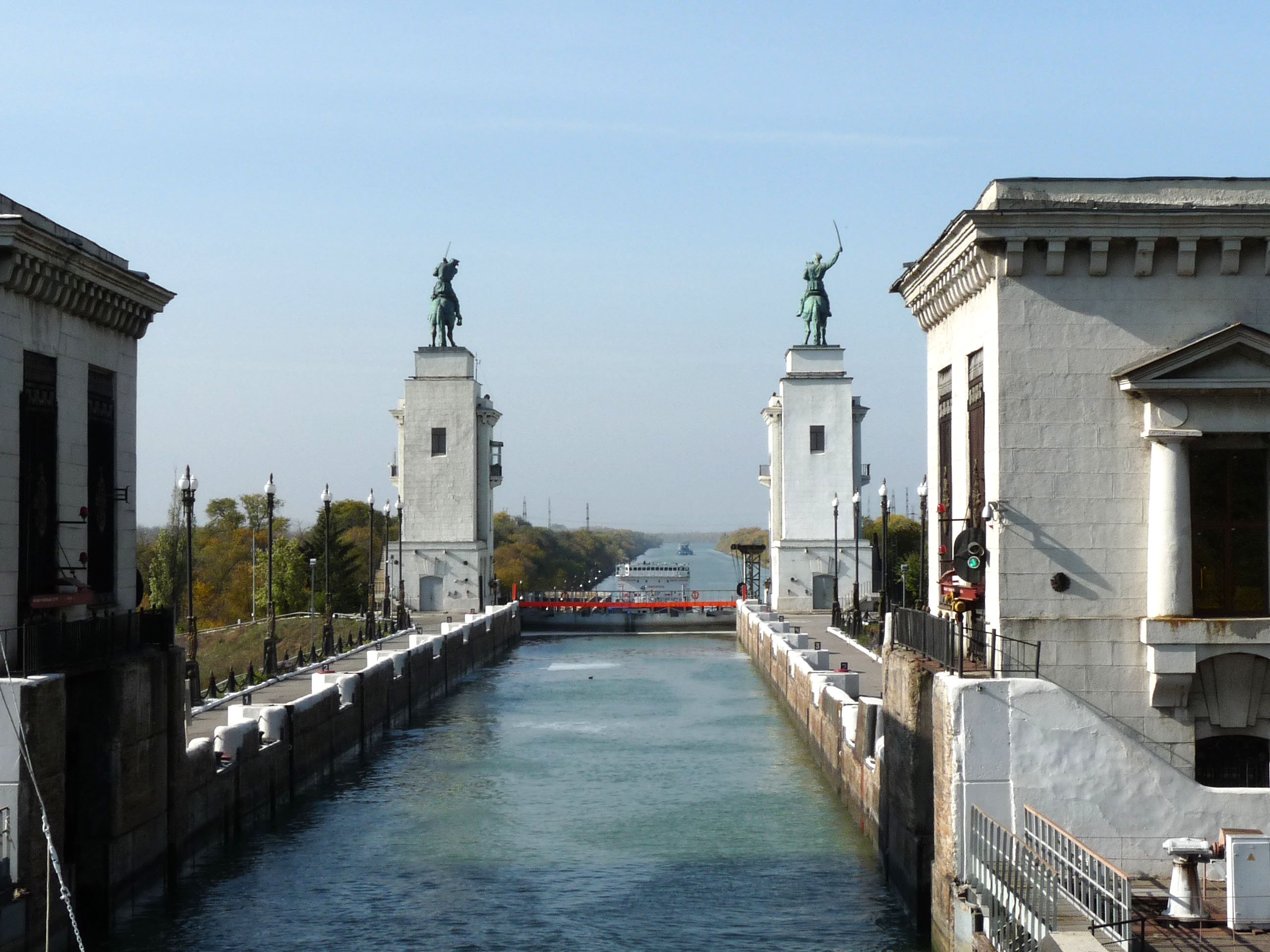


















![Tucker Carlson Released an ALARMING Message … [Published Yesterday]](https://ac.news/wp-content/uploads/2024/04/download-3-120x86.jpg)
























Discussion about this post